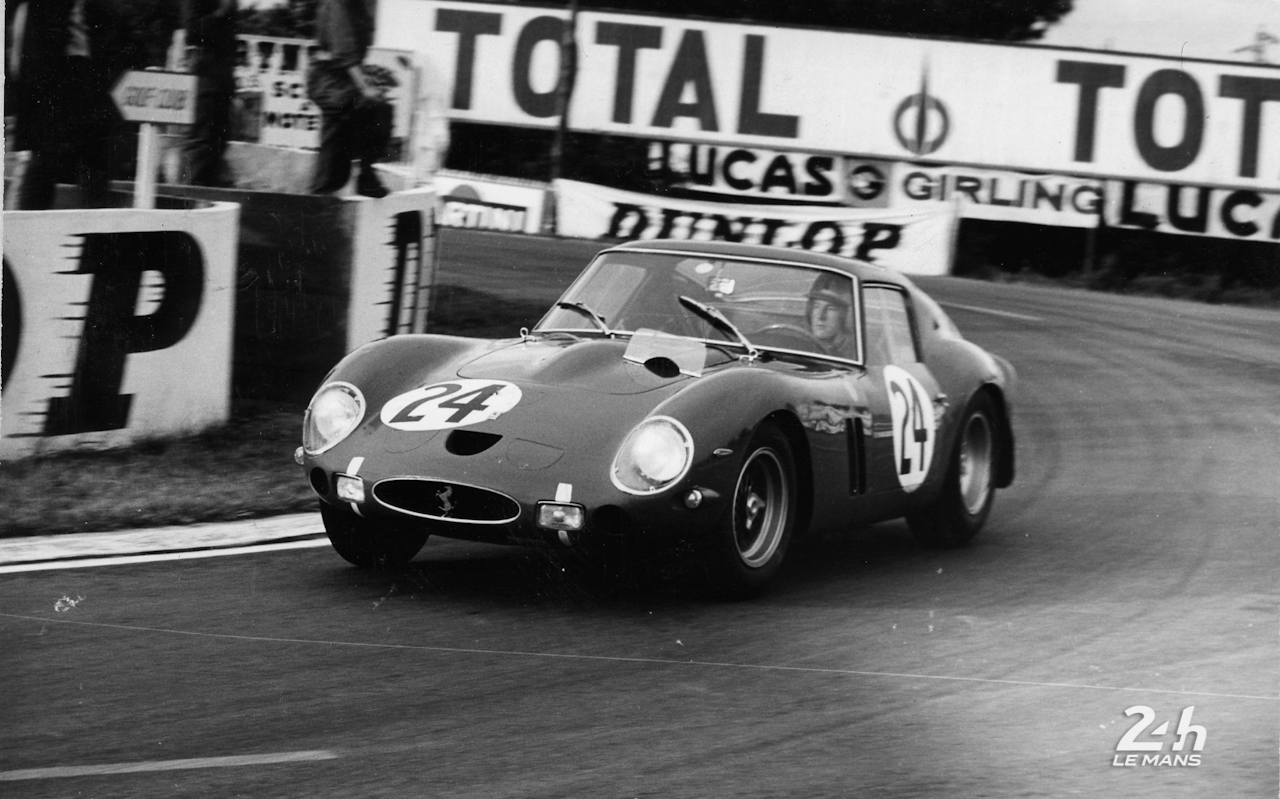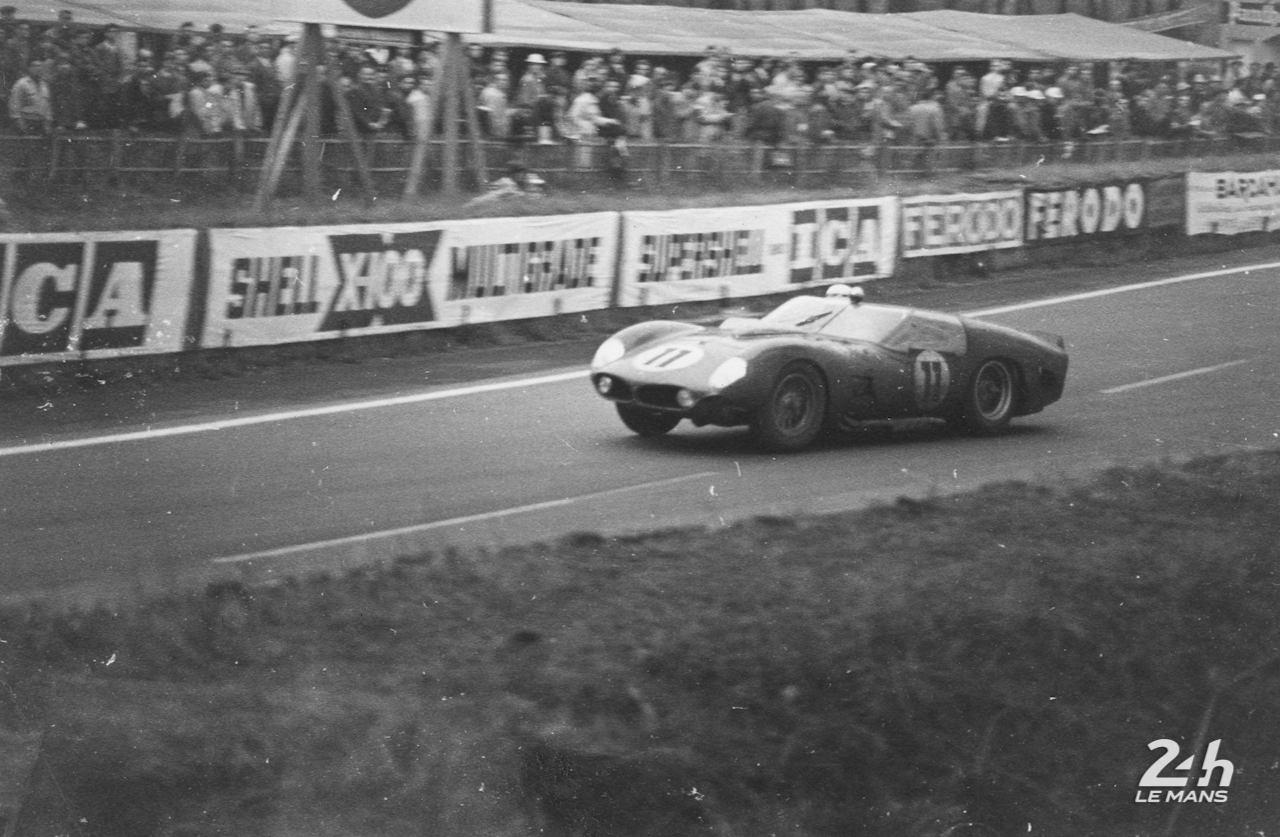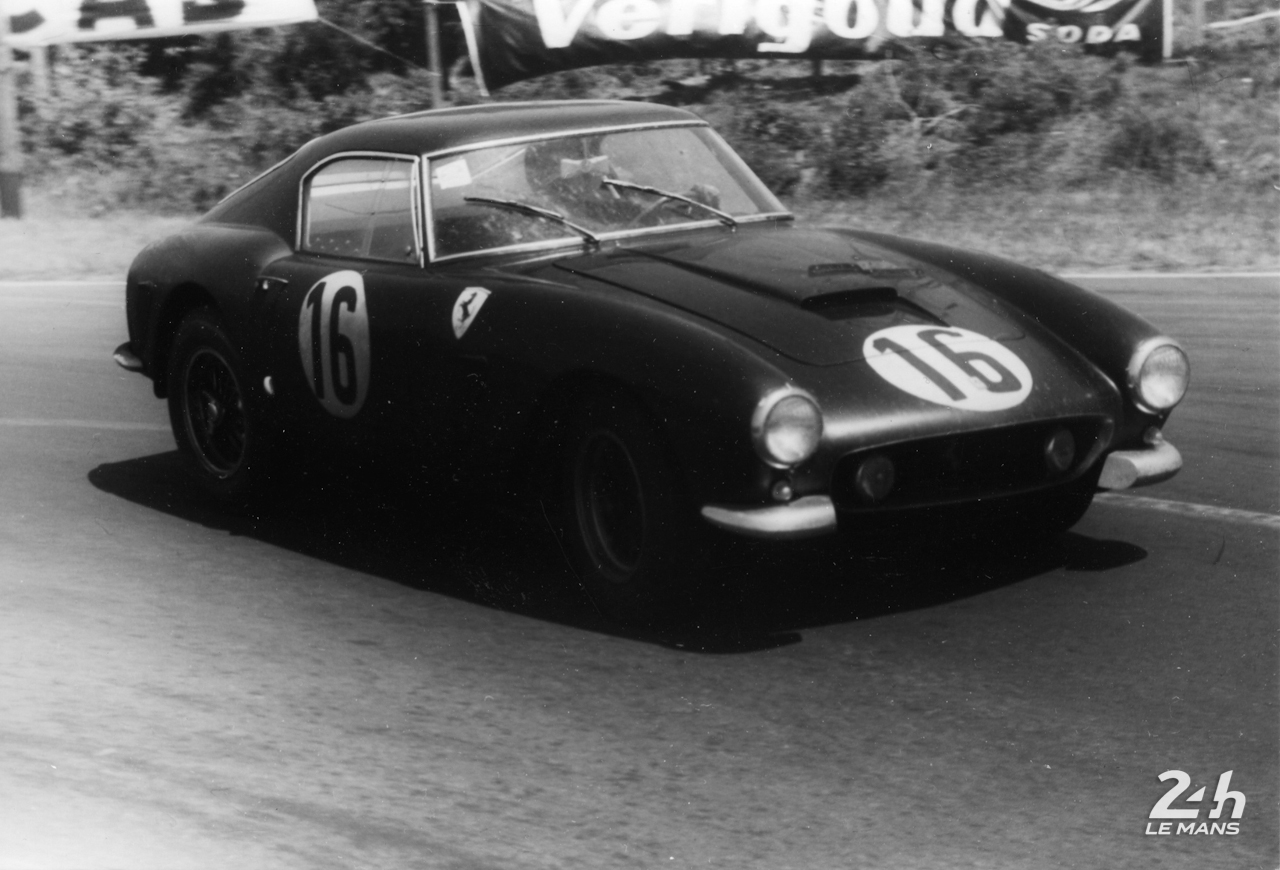Sixty years ago, Ferrari scored the first of its six consecutive wins at the 24 Hours of Le Mans from 1960 to 1965. An unmatched feat that – along with the successes of 1949, 1954 and 1958 – allowed the Italian marque to surpass Bentley and Jaguar (co-holders of the win record at the time with five each). The third installment in this series focuses on the other drivers who may not have won, but who nonetheless greatly contributed to Ferrari's history at the 24 Hours.
Pedro and Ricardo Rodríguez, wonder brothers – Born in 18 January 1940 and 14 February 1942 respectively, they made their first marks at the 24 Hours with Ferrari, primarily as members of North American Racing Team (NART). In 1960 at the tender age of 18, Ricardo claimed his first podium finish (second). The following year, the two brothers joined forces at the wheel of the same car and made things hard going for future winners Olivier Gendebien and Phil Hill. The exciting back and forth in the lead of the race lasted through Sunday morning when Ricardo made a pit stop with a lighting problem, costing the team six laps. He clocked his fastest in-race lap during the return climb to third position before the #17 Ferrari was finally forced to retire with engine troubles in the 23rd hour. In 1962, at the wheel of a factory Ferrari, the two brothers held the lead five times at the top of the hour, but were once again sabotaged with mechanical setbacks. After Ricardo was killed during the Mexican Grand Prix in 1962, Pedro remained loyal to Ferrari until 1967. During that period, he scored a pole position (1963) and made it to the chequered flag under red in 1965 for a seventh place finish at the 24 Hours along with Nino Vaccarella, one of the winners in 1964.
Belgium on top – In the wake of Olivier Gendebien's three consecutive wins (1960-61-62), seven other Belgian drivers distinguished themselves in the top 10 at the 24 Hours from 1960 to 1965. The first among them was André Pilette who finished second in 1960 with Ricardo Rodríguez, then sixth in 1961. Willy Mairesse was undoubtedly one of the fastest, claiming two podium finishes, second place in 1961 and third in 1965. Teammates with Mairesse in 1965, Jean Blaton, a.k.a. "Beurlys" is one of the top Belgian gentlemen-drivers in the history of the 24 Hours. During that period, he reached the top 5 three times: third in 1962, second in 1963 and fifth in 1964, each time with fellow countrymen (Léon Dernier a.k.a. "Eldé" also sixth in 1960, Gérald Langlois von Ophem and Lucien Bianchi, respectively). This great jazz connoisseur was also the uncle of Catherine Blaton, Jacky Ickx's first wife and mother of their daughter Vanina (seven participations in the 24 Hours from 2001 to 2011). In 1965, Gustave Gosselin and his French teammate Pierre Dumay delivered a stunning duel for victory against the other Ferrari of Masten Gregory and Jochen Rindt, but lost to a breakaway at the end of the race. Thanks to Olivier Gendebien then Jacky Ickx, Belgium would hold the win record at the 24 Hours for more than four decades, from 1962 to 2005.
Ferrari, "British style" – Among the Brits seen at the wheel of a Ferrari at the 24 Hours between 1960 and 1965, three truly stood out. After seven world titles in motorcycle road racing, John Surtees made the transition to four wheels brilliantly. Having won in Formula 1 in 1964 with Ferrari, he was a regular contender for victory at the race. On the heels of an in-race lap record and sixth place finish in 1963, the following year he scored the pole then finished second, and qualified in the top 3 in 1965 (retirement). The factory team was also able to count on the talent of driver-engineer Mike Parkes who contributed to the development of several of the Italian marque's road and racing cars. After Graham Hill's rookie participation with a Lotus in 1960, he finished second with Ferrari the following year and reached the podium again in 1963 (third). In 1961, his performance at the wheel of a 250 GT with Stirling Moss was cut short, but in 1964 he finished second at the wheel of a 330 P prototype with Swedish driver Jo Bonnier. They clocked the fastest top speed for a Ferrari that year (305 kph).
Fernand Tavano, the local mason – Along with 1964 24 Hours winner Jean Guichet, who owned a shipyard in Marseille, Fernand Tavano was Ferrari's other French gentleman-driver between 1960 and 1965. Born less than an hour from Le Mans, he befriended Luigi Chinetti thanks to his proximity to the NART owner's garage during race week and thanks to the Tavano family's Italian ancestry. Starting in 1956, he fielded and drove his own Ferraris at the race. In 1959, Tavano finished fifth with Bob Grossman, then in 1960 clinched his best result with fourth place shared with Pierre Dumay at the wheel of a 250 GT. In 1961, just like Jean Guichet three years later, he became a Ferrari factory driver, but was forced to retire. At the following three runnings of the race, Tavano was in the lead pack in the GT class, but only reached the chequered flag once, in 1964 (ninth). That was his final participation as he shifted focus to his family and his father's masonry business. But, Tavano's passion for the 24 Hours is still there, and he serves as a driver for Race Direction.
PHOTOS: LE MANS (SARTHE, FRANCE), CIRCUIT DES 24 HEURES, 24 HOURS OF LE MANS: From top to bottom, the Ferraris of Ricardo Rodriguez-André Pilette (#17) in 1960, of Jean Blaton-Gérald Langlois von Ophem (#24) in 1963, of Willy Mairesse-Michael Parkes (#11) in 1961 and of Fernand Tavano-Pierre Dumay (#16) in 1960.




